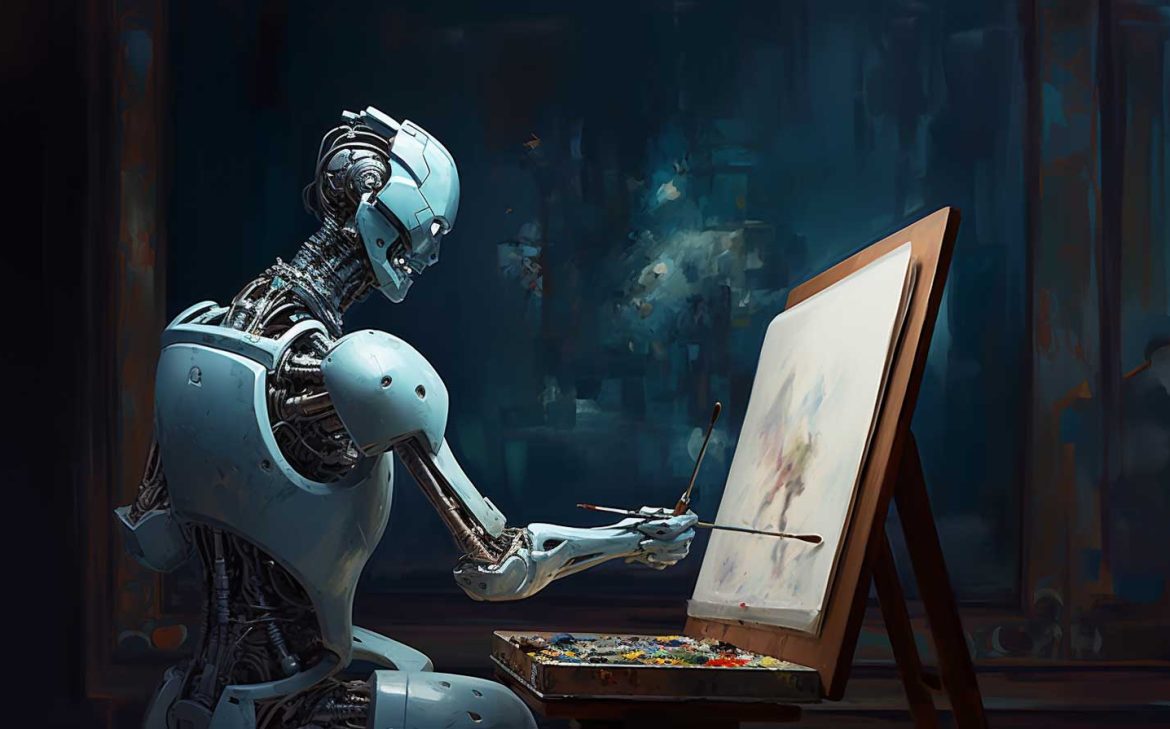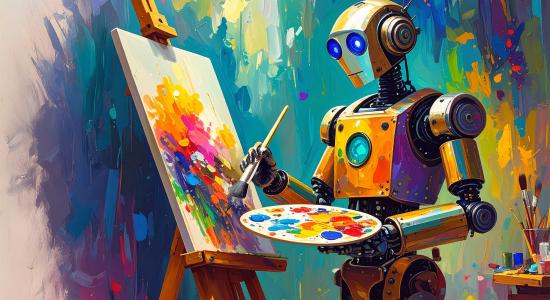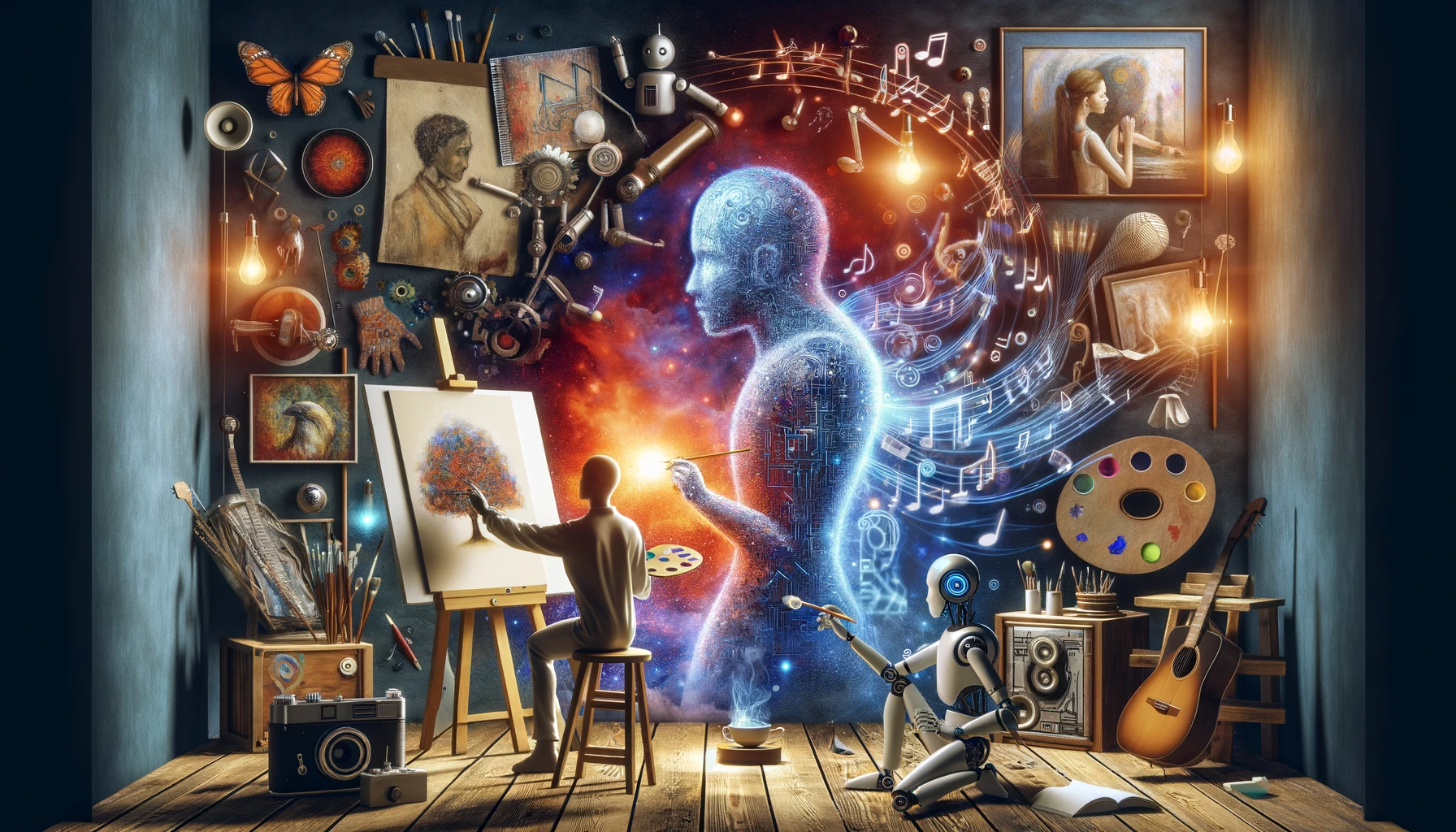Artificial Intelligence (AI) is becoming an exciting force in the art world, opening doors for both seasoned artists and beginners. If you are new to the idea of using AI in art, this guide will help you understand how it works, how to get started, and what you need to be mindful of as you explore this creative frontier.
What is AI in Art?
AI in art refers to using computer algorithms and machine learning models to assist, generate, or enhance artworks. Whether it’s creating original images, transforming styles, or analyzing existing art, AI can be a powerful tool for anyone looking to experiment beyond traditional techniques.
Why Should Beginners Explore AI in Art?
AI simplifies many complex artistic processes and allows anyone—from complete beginners to professional artists—to create visually striking pieces without needing advanced technical skills.
- Accessible Tools: Many user-friendly platforms make AI art creation simple.
- Creative Exploration: AI can help you quickly experiment with different styles and ideas.
- Learning Opportunity: Working with AI introduces you to modern technologies that are shaping the future of creativity.
How to Start Using AI in Art: Step-by-Step
1. Choose an AI Art Tool
There are many platforms available for beginners:
- DALL·E: Generate art from text prompts.
- DeepArt: Transform photos using famous art styles.
- Artbreeder: Create and blend images easily.
- Runway ML: Offers simple tools for generating, editing, and animating visuals with AI.
2. Start with Simple Prompts
If you’re using text-to-image AI, begin by describing what you want in a clear, basic sentence. For example:
- “A colorful sunset over the mountains”
- “A futuristic city with flying cars”
3. Experiment and Refine
AI art is all about trial and error. Try different prompts, adjust settings, or combine images to discover what the tool can create.
4. Learn Basic Editing
You can further enhance your AI-generated images using simple editing tools like Canva, Pixlr, or Photoshop to add personal touches.
5. Understand Ethical Use
- Avoid using AI to copy or replicate living artists’ styles without permission.
- Make sure you know whether the AI tool is using copyrighted images for training.
Benefits of Using AI in Art for Beginners
- Speed: AI can generate complex visuals in seconds.
- Accessibility: You don’t need to know how to draw or code.
- Inspiration: AI can spark new ideas when you feel creatively stuck.
- Customization: You can fine-tune results to match your vision.
Common Challenges to Be Aware Of
- Quality Control: AI results may not always meet your expectations on the first try.
- Limited Emotional Depth: Some AI art may feel less personal or meaningful compared to human-made pieces.
- Copyright Concerns: Understand how the AI tool uses and sources its data.
Conclusion
AI is making art more approachable and exciting for everyone, especially beginners. Whether you want to create stunning visuals, experiment with new styles, or simply have fun exploring, AI offers you a chance to be part of this evolving creative journey. With curiosity, ethical awareness, and a willingness to experiment, you can start creating impressive AI art today.







Leave feedback about this